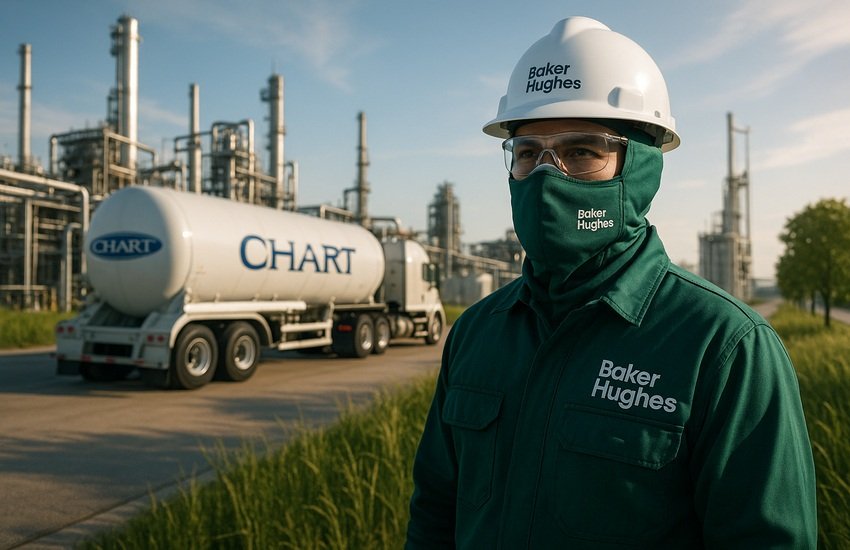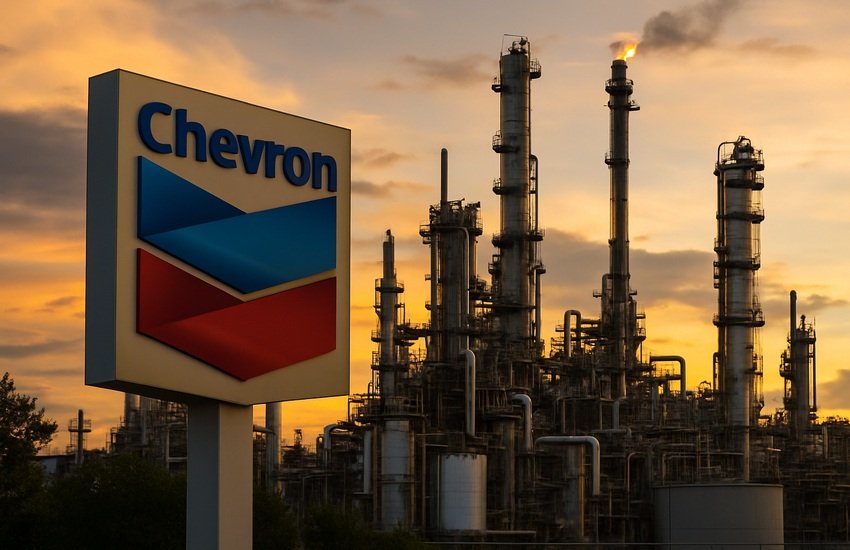Continue Reading With Our 7-Day Free Trial
Bausch Health Companies (NYSE:BHC) has made headlines with its definitive agreement to acquire liver-focused biotech Durect Corporation (NASDAQ:DRRX) for $1.75 per share in cash, representing a ~217% premium to DRRX’s pre-announcement closing price and valuing the deal at approximately $63 million upfront. In addition, contingent milestone payments linked to commercial sales could push the total consideration to $413 million. The acquisition, expected to close in Q3 2025, adds Durect’s lead candidate larsucosterol to Bausch’s pipeline—a drug that has demonstrated encouraging Phase 2 data for alcoholic hepatitis (AH) and is preparing for a Phase 3 registrational program. This move comes amid Bausch’s eighth consecutive quarter of revenue and EBITDA growth, a successful $7.9 billion refinancing, and resilience across all key business segments, particularly Salix and Solta. The Durect acquisition could offer Bausch new strategic levers in innovation, pipeline synergies, geographic diversification, and long-term capital efficiency. Here’s a closer look at what the potential synergies could be.
Expansion Into High-Unmet Need Liver Disease Market
The acquisition of Durect and its late-stage asset larsucosterol positions Bausch Health in the high-unmet need category of liver diseases, particularly alcoholic hepatitis (AH)—a condition for which there are currently no FDA-approved therapies. Larsucosterol’s promising Phase 2 data indicates potential efficacy in reducing mortality and liver failure in patients with severe AH, and its transition into a registrational Phase 3 trial could be a major inflection point for Bausch. The company already has an established footprint in gastrointestinal (GI) therapies through Salix and its anchor brand Xifaxan, which has shown consistent 8% revenue growth in Q1 2025. Bausch’s demonstrated competence in commercializing GI therapeutics creates operational alignment for integrating larsucosterol. Furthermore, AH overlaps significantly with patient populations that may already be within Bausch’s prescriber base, enhancing cross-selling opportunities. This expansion into liver disease also aligns well with Bausch’s existing Red Sea program for rifaximin SSD, aimed at cirrhotic patients, and could create a broader platform in hepatology. Bausch could also benefit from leveraging its commercial infrastructure in North America and EMEA for potential rapid rollout of larsucosterol, should approval be granted. With larsucosterol already advancing toward late-stage trials, the program offers a relatively lower development risk compared to earlier-stage assets, and its synergy with Bausch’s existing GI therapeutic area could improve R&D returns. Moreover, with over 30 million cirrhotic patients globally and a pipeline aimed at addressing decompensated cirrhosis, the ability to treat AH could significantly expand Bausch’s TAM in liver-related diseases, bringing scale benefits and longer-term product lifecycle leverage.
Reinforcing R&D Momentum & Pipeline Diversification
The integration of Durect allows Bausch to accelerate its R&D agenda by infusing a late-stage candidate into its pipeline with a strong therapeutic rationale and regulatory pathway. Over the past year, Bausch has signaled its intent to enhance innovation through both internal development—such as the Red Sea program—and external licensing, like its GMRx2 cardiovascular collaboration in LATAM. Larsucosterol complements this strategy as a biologically differentiated Nrf2 activator, representing a non-antibiotic mechanism compared to Bausch’s gut-centric Xifaxan platform. This diversification is key for mitigating the risk of overdependence on Xifaxan, which faces long-term LOE exposure and potential price pressures from the Inflation Reduction Act (IRA) in 2027. Durect’s scientific expertise and regulatory groundwork may also allow Bausch to augment its R&D productivity through cross-functional efficiencies in trial execution, data generation, and accelerated filings. Notably, Bausch has invested heavily in refining its global regulatory strategy, including NDA sequencing and leveraging existing networks in the U.S., Europe, and Canada. With the ongoing Phase 3 preparation, the addition of Durect could ease pressure on internal R&D capital while enhancing the company’s innovation narrative, particularly among investors closely monitoring its capital reallocation plans post-refinancing. From a capital discipline standpoint, the relatively modest upfront investment—less than 3% of LTM EBITDA—and a milestone-based structure helps Bausch control risk-adjusted returns while bolstering near-term scientific momentum.
Synergies With Commercial Infrastructure In GI & Specialty Care
Bausch’s robust infrastructure in GI and specialty pharmaceuticals through its Salix and Diversified segments creates commercial synergies for larsucosterol, particularly if the drug secures approval in the next two to three years. The Salix division, which generated $542 million in Q1 revenue with 8% growth from Xifaxan, already addresses overlapping prescribers in gastroenterology and hepatology. This means Bausch would not need to build a new sales force but could instead layer Durect’s asset into its existing detailing efforts. Moreover, the company has demonstrated success in activating new patient starts, with over 59,000 new Xifaxan initiations in Q1 alone, driven by precision-targeted marketing such as streaming and connected TV. These capabilities could be repurposed for the larsucosterol launch, enhancing ROI on commercial spending. Additionally, Bausch’s presence in hospital and non-retail settings—an important channel for severe AH patients—offers access points that could drive early adoption. Operational efficiencies can also be realized via integrated analytics, formulary negotiation, and payer engagement strategies. Given that alcoholic hepatitis often presents in acute care settings, the drug may require rapid market education and specialized patient identification tools, areas where Bausch has made progress with its Xifaxan data science and AR engine investments. Finally, with Canada recently granting market access to the company’s aesthetic product Thermage FLX, and continued growth in EMEA, the same international playbook could be leveraged to expand larsucosterol globally if clinical efficacy and regulatory pathways align.
Financial Leverage & Capital Allocation Post-Refinancing
Bausch’s recent $7.9 billion refinancing transaction significantly extended its debt maturity profile to beyond 2028 and enabled the company to reduce near-term capital constraints. While the refinancing increased its average cost of debt by ~100 basis points, it created critical balance sheet flexibility to pursue M&A opportunities such as Durect without materially compromising liquidity or leverage targets. As of Q1 2025, Bausch held ~$1 billion in cash and has explicitly communicated a capital prioritization framework where reinvestment in growth assets precedes share buybacks. At a $63 million upfront price—less than 2% of LTM free cash flow—the Durect acquisition appears consistent with that framework. Moreover, the milestone-based structure, contingent on commercialization outcomes, aligns with disciplined capital deployment. Bausch has also retained unencumbered Bausch & Lomb shares and modular debt expansion options within its restricted group that could be tapped for further funding flexibility. The company is currently trading at LTM EV/EBITDA of 7.65x and P/S of 0.26x—well below industry averages—indicating room for valuation re-rating if it demonstrates sustained execution and improved capital efficiency. However, the interest burden from refinancing could dampen free cash flow conversion, as seen with the downward revision of 2025 cash flow guidance by $150 million. This places added pressure on any acquired asset to deliver measurable ROI. With larsucosterol not yet in Phase 3, Bausch must balance clinical risk with the necessity of unlocking shareholder value—particularly since management has publicly acknowledged the disconnect between operating performance and equity valuation.
Key Takeaways
The acquisition of Durect by Bausch Health presents both strategic opportunities and executional risks. On one hand, it offers a compelling late-stage asset in larsucosterol, with therapeutic alignment to Bausch’s GI-focused infrastructure and potential to significantly expand its liver disease footprint. It also reinforces the company’s pipeline and reduces product concentration risk, which is essential given the upcoming LOE pressures on Xifaxan. Financially, the modest upfront cost is supported by Bausch’s newly secured refinancing and healthy levered free cash flow profile. On the other hand, the clinical risk associated with larsucosterol’s Phase 3 development and the company’s already high debt levels could constrain flexibility if expected synergies fail to materialize. At a current LTM EV/EBITDA of 7.65x and LTM P/S of 0.26x, Bausch trades at depressed multiples relative to peers, suggesting the market remains cautious despite operational improvements. The Durect deal could be a catalyst or a drag, depending on execution, regulatory outcomes, and capital stewardship.





